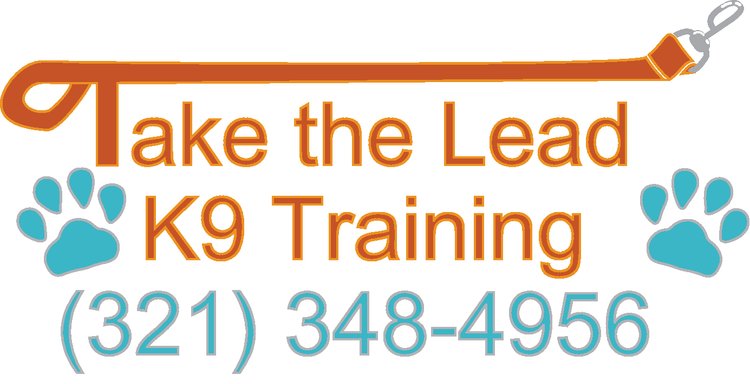Separation Anxiety: An Addiction to Attention
So many families and dogs struggle with the effects of separation anxiety, and the symptoms that come along with it.
Many unwanted and dangerous behaviors that accompany separation anxiety are chewing up furniture, blinds, door frames, carpet, and crown molding. Often dogs are soiling in the house or their crate, and are often barking, crying, drooling, howling, and pacing frantically once left alone. Some dogs even bend the bars on a crate, break their teeth, or even escape their kennel.
So, what can we do to contain our dog it keep them and our home safe from injury or destruction? Addressing separation anxiety is a multipronged approach: using a crate, exercise, boundary setting in our day to day actions when we are with our dogs, and training.
If you're not crating your dog, that is usually the first step. If a dog is being crated and breaks out of their kennel, it might be time to invest in a new and stronger kennel. If a dog has escaped a kennel before, they remember the weakness points and will follow that same path again - with even more vigor because they've been successful in their efforts before.
Even with an "indestructible or heavy duty kennel," however, it's important that we do some training and lifestyle changes so our dog isn't just in the crate clawing like crazy, but contained. Keeping them in is a first step, but this common dog problem isn't just showing it's face the moment we put them away or leave.
Separation anxiety can easily lead to "addiction to attention" and we sometimes unintentionally reinforce a dog's dependency on us by the ways we interact with them.
It's extremely important to make the crate a positive place for our dogs by feeding all of their meals and best treats inside. It's also important that your dog has plenty of exercise before being put away, however, no matter how much you walk or run your pup, some of the more severe cases of separation anxiety require a behavior modification plan (and occasionally medication) in addition to physical exercise.
As you're building up your dog's crate tolerance, make sure you don't just put them inside their crate when you leave. Always "tuck" them in 20-30 minutes before you go, and make sure to work on some daily down time inside the kennel and behind bars when you are home, so they aren't always associating you leaving with them being put away. Sleeping inside of the crate is also good, because it allows them to settle and rest there - and prevents the fallout of attachment/dependency that the intimacy of sleeping in bed with you may be reinforcing.
In addition to building positive associations with the crate with their food, it's important to set some lifestyle boundaries with your dog. You can work on the Place Command in your day to day routine with your dog when they aren't in their crate. Place Command teaches impulse control and inclusion, without constantly being underfoot or involved in what you are doing. This allows our dogs how to observe without being your shadow, hopping up every time you move, or constantly being in your personal space.
It's extremely important to cut back on super cuddly/touchy affection with separation anxiety dogs for a while. We need to look at sharing affection and "love" in more structured/less intimate ways like activities (walks, structured play) and training exercises. Relationship based and teamwork building affection is much healthier for an attention dependent dog than canoodling and cuddling, unfortunately. I know we all get dogs to love on and cuddle, but right now, a dog with separation anxiety needs some clear boundaries so they can have "healthier" ways to be close and interact with you AND be comfortable and able to stand on their own 4 paws without you.
Also, remember not to make a big "to do" about coming and going from the house or when sending them into or releasing them from their crate. Non-eventful exits and arrivals back home help our dog have a smooth adjustment to our presence. When we do a bunch of big goodbyes and hellos we get our dogs all worked up about it! A hyped up dog has an easier time escalating their energy into a barking/crying/meltdown anxiety cycle.
Separation Anxiety is not an easy journey to be on with your dog, but the more comfortable you can get them in a kennel the less likely they will hurt themselves or your property. Working with a trainer to help develop more impulse control, an automatic down in the kennel, and to focus on your dog's specific needs will help you, as well! Hang in there ❤

